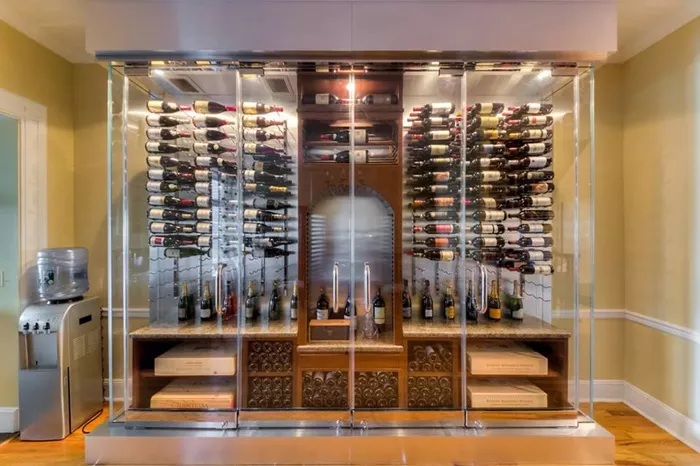Nestled in eastern Lombardy, the Valtènesi wine region spans 800 hectares across 18 municipalities within the province of Brescia. Of the three million bottles produced in the area last year, an impressive 77% were rosé—an expression that has become the hallmark of the region.
According to Juri Pagani, co-director of the Consorzio Valtènesi, several distinguishing features set Valtènesi rosé apart from other northern Italian wines. “First and foremost,” he explains, “is the extraordinary climate.” Positioned on the western shore of Lake Garda, Valtènesi benefits from the lake’s moderating influence, creating a rare Mediterranean-style microclimate at these northern latitudes.
The region experiences mild winters and breezy summers, with consistent air circulation from both the lake and surrounding mountains. These balanced conditions allow grapes to ripen gradually and evenly, enhancing freshness, elegance, and aromatic complexity. In contrast to other northern Italian regions with more extreme climatic fluctuations, Valtènesi’s stable environment fosters a unique harmony that translates directly into the glass.
Climate, however, is only one part of the equation. The region’s signature grape, Groppello, plays an equally pivotal role. This thin-skinned, low-anthocyanin variety, grown exclusively along Lake Garda’s western shores, is particularly well-suited to rosé production.
“Groppello is the soul of Valtènesi’s pale, refined rosés,” says Pagani. Its delicate character requires only a brief skin contact period to produce the wine’s signature soft hue. The traditional “wine of one night” technique—where grape skins macerate with the juice for just a few hours—results in rosés that are light in color, dry, and refined. Often likened to Provençal rosés, Valtènesi’s wines retain a distinctly Italian identity, deeply rooted in their local terroir.
Despite the growing popularity of rosé across Italy, Valtènesi’s tradition is far from a recent trend. Its history dates back centuries and is intertwined with a romantic tale. The modern identity of Valtènesi rosé began in 1896, when Venetian senator Pompeo Molmenti—after marrying local noblewoman Amalia Brunati and settling on her family’s estate in Moniga del Garda—codified the region’s rosé production method. Historical records, including writings by 16th-century Brescian agronomist Agostino Gallo, indicate that pink wines, once known as claretto, were produced in the region long before Molmenti’s formalization.
Molmenti’s efforts elevated the profile of Valtènesi rosé. His wine earned a gold medal at the 1904 Brescia Exposition, and soon after, “rosé of the Riviera” became a fixture in Milanese salons and early 20th-century cafés, appreciated for its refined elegance.
Today, Groppello continues to flourish on Valtènesi’s sunlit, east-facing slopes, where morning light and afternoon shade create ideal conditions for slow, balanced grape maturation. The result is a wine of notable gastronomic versatility.
“Valtènesi rosé’s vibrant acidity, delicate aromas, and light body make it an excellent companion at the table,” Pagani notes. Local cuisine provides ideal pairings. Grilled whitefish, or coregone, and creamy perch risotto highlight the wine’s floral and herbal notes. Marinated trout benefits from the wine’s refreshing lift.
Cheeses such as Formagella di Tremosine and cured meats like Brescian coppa find balance through the rosé’s cleansing acidity. Traditional pasta dishes—including casoncelli alla bresciana and bigoli con le sarde—are also enhanced by the wine’s subtle red fruit and savory undertones.
For those preferring meat, dishes such as rabbit with thyme or stuffed vegetables offer complementary textures and flavors. The wine’s freshness and subtlety make it a natural fit for a wide range of regional specialties.
Rooted in history and shaped by a singular terroir, Valtènesi rosé continues to embody the elegance and tradition of its origins—an Italian expression with a distinctive northern soul.
You Might Be Interested In:


